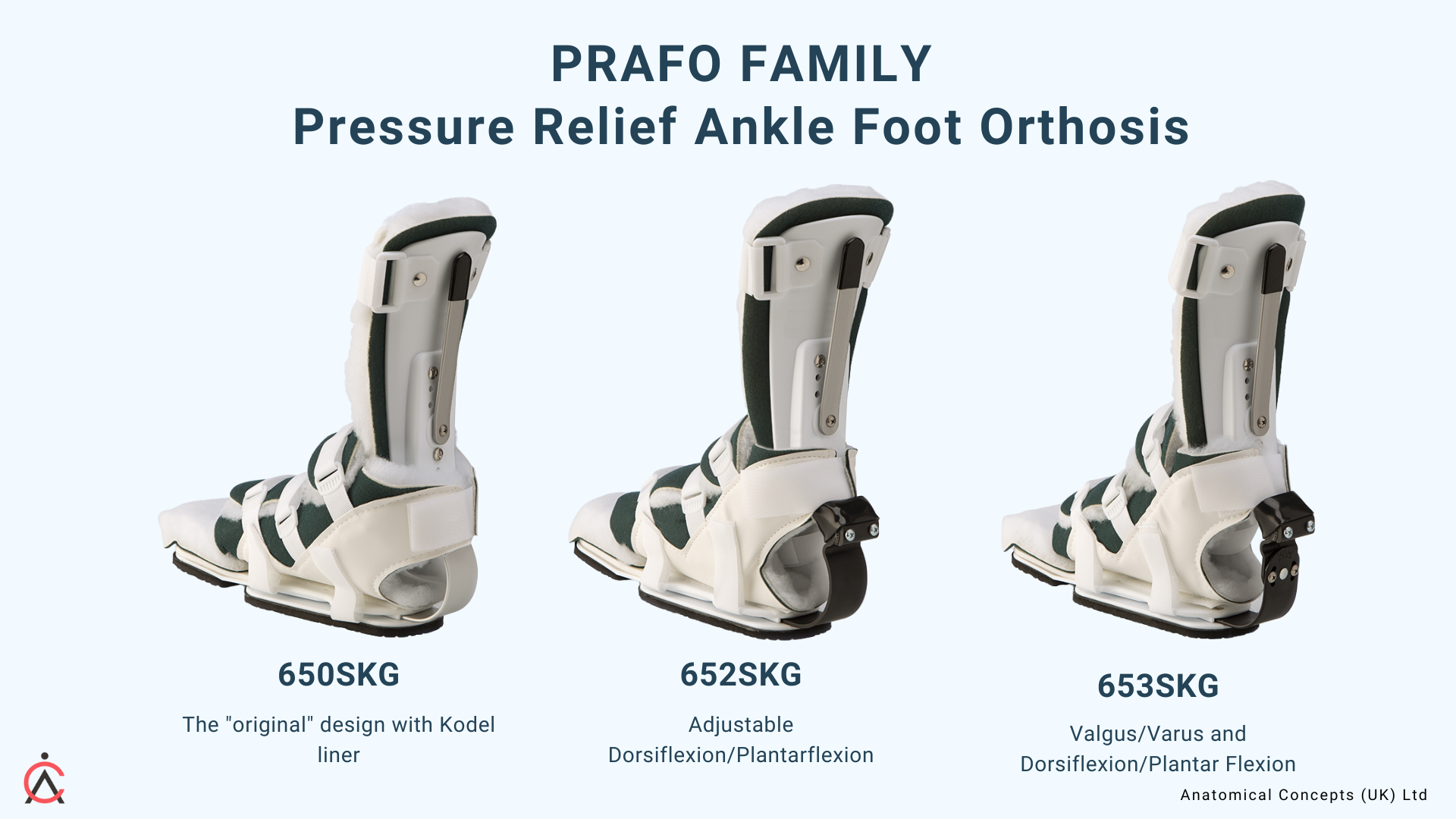CPR for diabetic feet?
In the last two articles I have presented some views on heel ulcers and when the PRAFO ankle foot orthosis might be applied. In this article the topic is "CPR for Diabetic Feet". The notion of "CPR" for diabetic foot is compelling as we immediately get a sense of urgency and importance which is exactly what is needed to deal with this problem effectively.
The concept of CPR for the diabetic foot comes from the Scottish Foot Action Group and the coordinator Duncan Stang, has done some great work in creating better structures and education to drive up the quality and consistency of care provided to daibetic foot patients in Scotland.
What is CPR for diabetic feet
It is a simple system to make sure that on admission to hospital, every patient with diabetes
Have their feet Checked
If their feet are at risk they are Protected
If they have an existing problem they are immediately Referred for appropariate treatment
Why is this needed?
Foot ulceration can be prevented and prevention is far better than cure.
You could be forgiven for thinking that the CPR approach should be pretty obvious however, “The National Diabetes Inpatient Audits (NADIA) in 2009 and 2010 revealed that 2.2 and 3.2% of in patients with diabetes developed a new foot lesion whilst in hospital” (NHS Diabetes 2013).
Whilst the percentage seems quite small it actually creates a cascade of real and potential effects. For example, foot ulceration is easily preventable but when it happens in hospital it delays discharge. It causes unnecessary distress to patients and can result in litigation. The bottom line is hospital acquired foot ulceration costs the NHS lots of money.
CPR in action
In November 2013 an audit of 1048 inpatients with diabetes was conducted in 12 of the 14 Scottish Health Boards. The "snapshot" audit found that
2.4% of in-patients with diabetes had developed a new foot lesion whilst in hospital
57% of in-patients had not had their feet checked
60% who were discovered to be at risk of developing a foot ulcer did not have any pressure relief in place
“The NHS in Scotland could save £15m a year by implementing CPR for the diabetic foot”
When we look at the consequences for the NHS we know that the average length of hospitl stay for a patient with a diabetic foot ulcer is 13 days longer than someone without a foot ulcer. With the average bed cost per day running at £650, this means that we clocking up some large costs.
In Scotland we know from the audit that 24 patients out of every 1,000 will acquire a new diabetic foot ulcer during their (extended) stay and the additional cost to the NHS will be just over £200,000 (£202,800 in fact)
In addition, the audit showed that 226 patients at risk did not have ANY pressure relief in place. Investing in pressure relief protection for all these patients would have cost between £20,000 and £30,000 and have saved the NHS in Scotland between £170,000 and £180,000.
The Scottish Foot Action Group considered that if they could only prevent 75% of the hospital acquired foot ulcers it would lead to potential NHS Scotland savings of £15 million per year. Of course this figure does not include those costs that stem from litigation nor the very real human costs of longer stays in hospital or indeed the elevated risk of amputation.
To provide foot and heel protection is simple and there are many ways of achieving this. As we have argued in previous articles it is important to think of the particular clinical circumstances and understand the context in which protection is needed.
View fullsize
For the diabetic foot situation for in-patient management it boils down to
patient in bed only - there is no ulcer - protection is needed
patient in bed only - the patient has an ulcer - protection is needed ideally with total pressure relief to encourage healing
patient is in bed and is ambulant - protection is needed both in bed and during ambulation.
Whilst the PRAFO ankle foot orthoses can be used in any of these situations it is the third one where the PRAFO really is the stand out choice.
The action taken in Scotland by the Foot Action Group shows what is possible and hints at what could be done across the UK as a whole.
DerekJ

